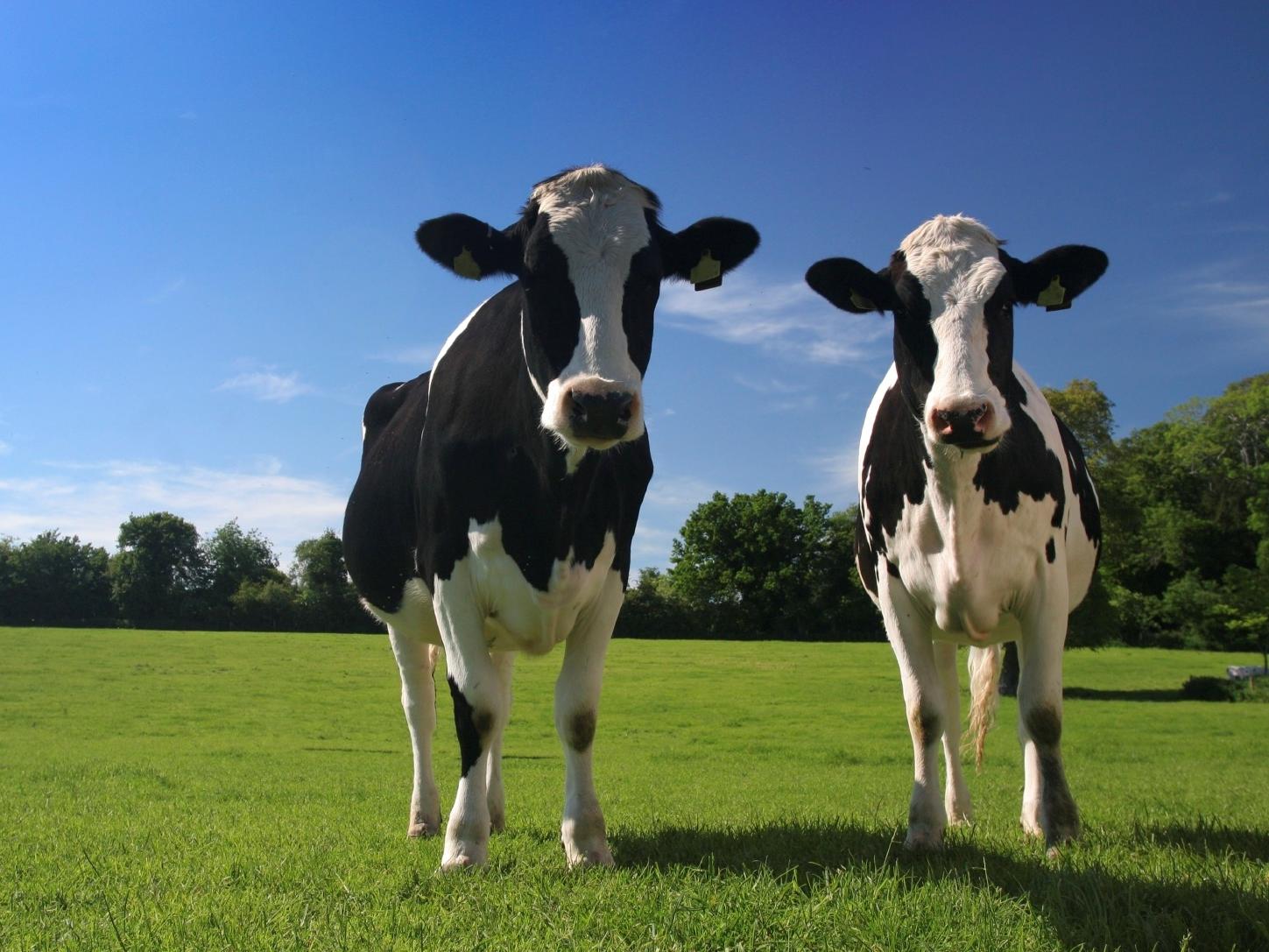Can Responsible Grazing Make Beef Climate-Neutral?
New research found that the greenhouse gases sequestered in one grass-fed system balanced out those emitted by the cows, but some meatless advocates are skeptical.
Author: Valerie Brown | Published: April 10, 2018
There’s no denying Americans eat a lot of meat. In fact, the average U.S. citizen eats about 55 pounds of beef a year, including an estimated three hamburgers a week, and the United States Department of Agriculture (USDA) expects that amount to increase by about 3 percent by 2025. This heavy reliance on animal protein carries a big environmental footprint—livestock production contributes about 14.5 percent of global greenhouse gas (GHG) emissions, with beef constituting 41 percent of that figure, thanks to the methane cattle produce in the digestion process and the fact that overgrazing can release carbon stored in soils.
Though most livestock production impacts the climate, the regenerative agriculture movementrecognizes many benefits to properly managed livestock grazing, including carbon sequestration, restoring topsoil, improving ecosystem biodiversity, reducing pesticide and fertilizer inputs, and producing more nutritious food.
Yet despite the benefits of careful grazing, the question remains: Can cattle be raised, fed, and slaughtered in a way that reduces their greenhouse gas emissions to a tolerable level?

